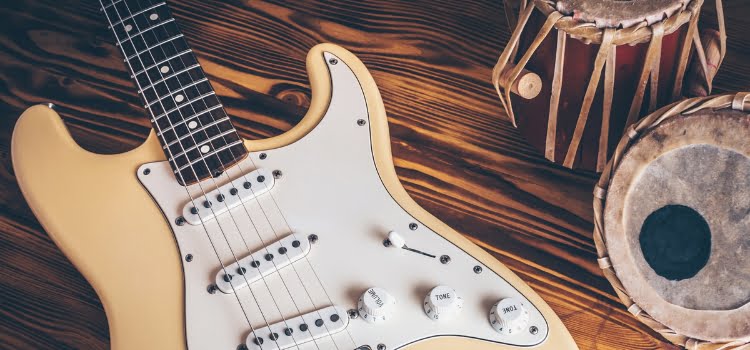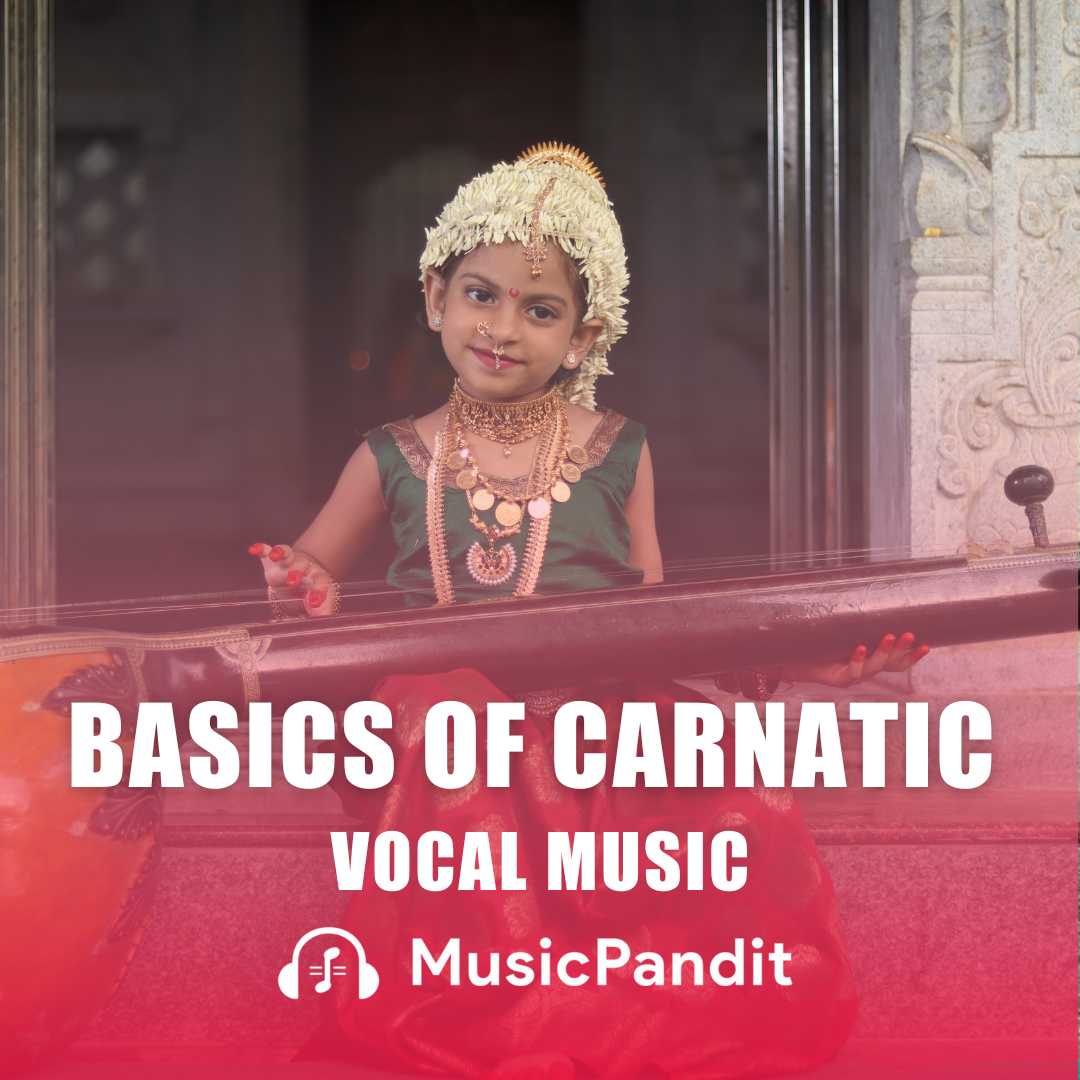Both western and eastern classical music provides a deep level of intellectual satisfaction and while music is universal there are essential differences between Eastern and Western music.
Most people today associate western classical music with the background music in reception rooms, elevators and lounges. For many others, they associate it with high nosed intellectuals or artsy folks. However in reality western classical music is enlightening, great and completely enjoyable. The term “classical” itself has been born from the Latin word, ‘classic’ meaning of the highest order or first class.

Western classical or specifically European classical music is just one amongst varied traditions of classical music. Evolving through the years western classical music has evolved into two distinguishable strands. The first is Church music that comprises Carols, Mass, Requiems and Gregorian Chants and Secular music which comprises concertos, symphonies, opera music and sonatas.
Eastern music on the other hand refers to Indian classical music. It is an amalgamation of two forms of music: North Indian music which is known as Hindustani music and South Indian music which is known as Carnatic music. While there are some differences between both yet they can be considered as the backbone of the eastern classical music scene.
Differences Between Eastern and Western Music
The primary differences between western classical music and eastern classical music are as follows:
Polyphony VS, Homophony
Eastern classical music is essentially homophonic meaning that it focuses on melodies created by using an arrangement of notes. Its magic is experienced through the use of different melodies created within the structure of ragas. On the other hand, western classical music owes its magic to its polyphonic composition where texture, counterpoint and harmony are created using multiple voices. And while melody does exist in western classical music too from a broader perspective it is not the singular focus of a majority of western classical works.
Improvised VS. Composed
While eastern classical music has been improvised western classical music has been composed. Western classical compositions in music are all formally written and there is almost no scope for improvisation. In contrast, eastern music does not have compositions written down and has been passed down from teachers to students through the process of learning leading to every performance being improvised.
Instrumental VS. Vocals
While vocals are extensively used in both eastern and western classical music, their treatment in relation to other instruments varies. In eastern classical music, when vocals are used, the other instruments serve as mere accompaniments. However, in western classical music when vocals come into play, the other accompanying instruments also carry a lot of weight. Therefore in western classical music the word “voice” does not always denote a human voice. The term can refer to any theme being played on any instrument for example a piano.
Individual VS. Group
In eastern classical music, an individual performing shines through using improvisation. As can be seen in a recital, where there is always a lead instrumentalist or vocalist expounding the raga while others remain in the background. That is with the exception of occasional interludes where those in the background display their skills. However, in western classical music, while the conductor and composers shine individually, the performance is essentially a group effort. That is again with the exception of solo concerts or solo works where the spotlight is on individual performers.
Rhythm and Microtones
Where rhythm is concerned eastern classical music uses “Taal” which is a set of beats centering around “Sam” which repeats itself. In comparison, western classical music doesn’t use such a complex set of beats. Again while western classical music is essentially restricted to using semitones, eastern music extensively uses microtones and quarter-tones referred to as “Shruti.” In recent times, however, western classical music does have a few microtonal pioneers.
Dissonance and Consonance
In the above context, western classical music extensively uses dissonance to enrich the texture of the composition. However eastern classical music discourages dissonance.
Nature and Spirituality
Eastern classical music has a closer and more intimate relationship with nature than western classical music. Eastern raags are associated with special times of the day and with specific seasons of the year. In contrast, western classical music does not have any such association. Moreover, eastern music is founded on spirituality while western classical music has a more secular basis.
FAQs
Q. How does rhythm in Eastern music differ from Western music?
Ans: Eastern music often features complex rhythmic cycles (like the tala system in Indian music) that can have irregular or asymmetrical patterns, whereas Western music typically uses regular, symmetrical time signatures such as 4/4 or 3/4.
Q. Can Eastern and Western classical music be blended together?
Ans: Yes, blending is possible and often produces unique results. Composers and musicians use techniques like incorporating Eastern scales (ragas) into Western harmonic structures or adding Western orchestration to Eastern rhythmic frameworks.
Q. Why is microtonality more prevalent in Eastern music than in Western music?
Ans: Eastern music, especially Indian and Middle Eastern traditions, emphasises expressive melodic ornamentation, which includes microtones (intervals smaller than a semitone). Western music evolved around the 12-tone equal temperament system, which limits the use of microtones.
Q. What role does improvisation play in Eastern classical music compared to Western classical music?
Ans: Improvisation is a central feature of Eastern classical music, with performers elaborating on a raga or mode in real time. In Western classical music, improvisation was historically important (e.g., Baroque cadenzas) but has become less common in modern classical traditions, focusing more on strict compositions.















